Why Small Cap Mutual Funds are Shutting Inflows
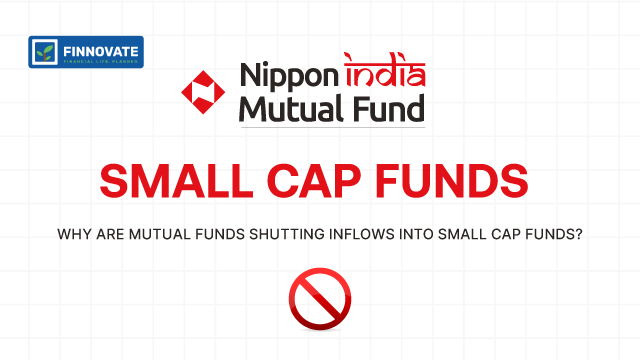
By

The recent decision by the Nippon India Small Cap Fund to stop fresh lump-sum flows once again raises an old problem. There are not enough stocks in small caps to justify the retail enthusiasm.
In an interesting decision, the Nippon India Small Cap Fund decided to stop taking in lumpsum inflows. While the old SIPs and STPs will still continue, the new SIPs are restricted to Rs5 lakhs of inflows per day. Anything beyond that will not be accepted by the fund. The idea is to ensure that large investments do not come into the fund and put more pressure on the fund to allocate. But, why has this decision been taken by Nippon Small Cap Fund. It is all to do about the size and the clout of the fund.
In terms of AUM, the Nippon Small Cap Fund is the biggest in the
market. It has an AUM of over Rs32,000 crore and it accounts for nearly 20% of
the overall AUM of Rs170,000 crore for small cap funds in India put together.
That makes it an obvious choice for investors to rush towards in the event of a
rally in small cap stocks. In the last year, small caps have been shining
outperformers in the market due to their focused and low-risk business models.
This has led most of the small cap funds to be super return generators in the
market. This is true across most of the time perspectives.
Stopping fresh flows due to too much of AUM is nothing new for small cap funds. In the past, the DSP Small Cap Fund had typically stopped fresh inflows at the market peaks. Recently, even the Tata Small Cap Fund had stopped taking in fresh inflows into the fund. Even the recent NFO of HDFC Defence Fund has put restrictions on inflows. The irony is that most of the inflows into small cap funds tend to come in at the peak of market euphoria. That is also the point when these small caps are very risky. It can create a problem of dissatisfied MF holders as well as lack of options.
Today, there is a lot of demand for the small cap stocks. This is not only from the retail and HNI investors but from the mutual funds too. There are several small cap funds with Rs1.7 trillion of AUM, which is quite a lot. Also, there are the multi-cap funds that have to mandatorily allocate 25% of their corpus to the small cap stocks and that also creates demand pressure. Then there are the flexi caps that look to the small cap stocks for alpha. The problem is that despite a large number of small cap stocks listed on BSE, most of them are either not liquid enough or do not give entry and exit at low cost. The impact cost in most of the small cap stocks is quite high and that is a challenge. That is what has triggered this decision!
Disclaimer: This is not an investment advisory. The article above is for information purposes only. Investments in the securities market are subject to market risks, read all the related documents carefully before investing. Past performance is not indicative of future returns. Please consider your specific investment requirements, risk tolerance, goal, time frame, risk and reward balance, and the cost associated with the investment before choosing a fund, or designing a portfolio that suits your needs. The performance and returns of any investment portfolio can neither be predicted nor guaranteed.

Learn how to easily download your NSDL CAS Statement in PDF format with our step-by-step guide. Follow our instructions to log in to NSDL e-Services, download your account statement, and subscribe for
Read Full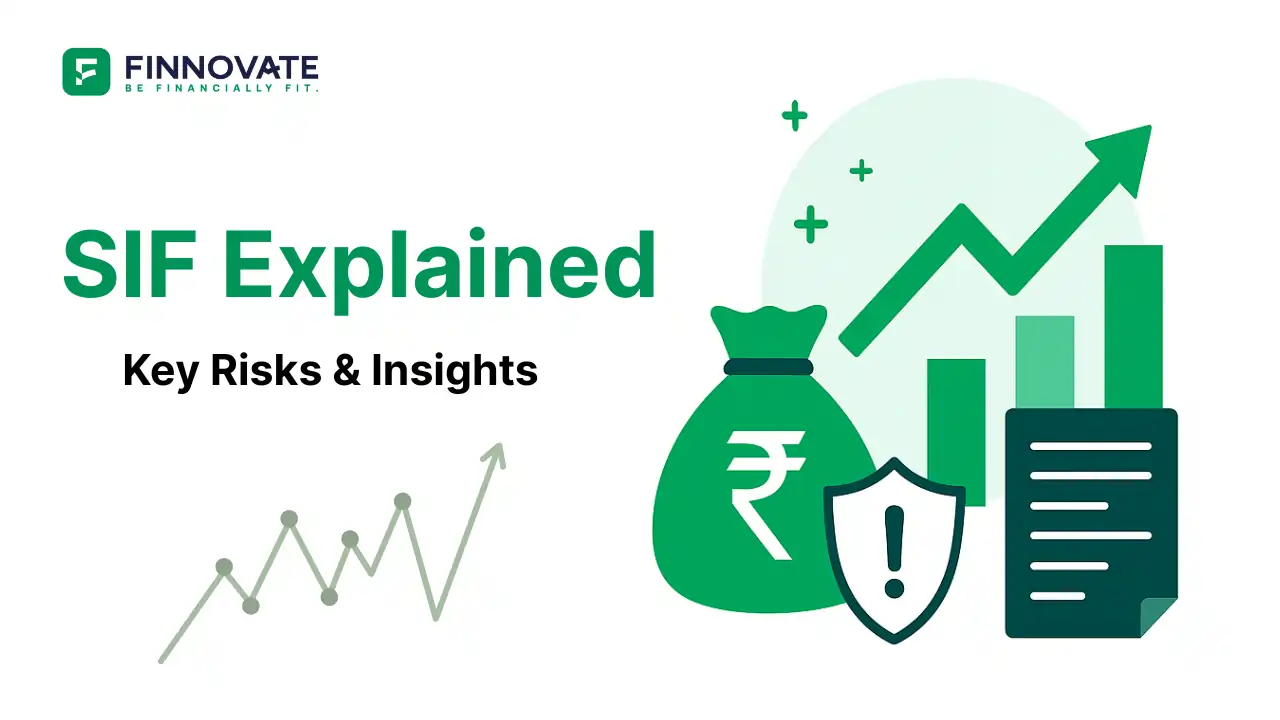
Explore what Specialised Investment Funds (SIFs) are, their benefits, taxation, minimum investment, how to invest, how they compare with mutual funds and PMS and latest developments in SIF space
Read Full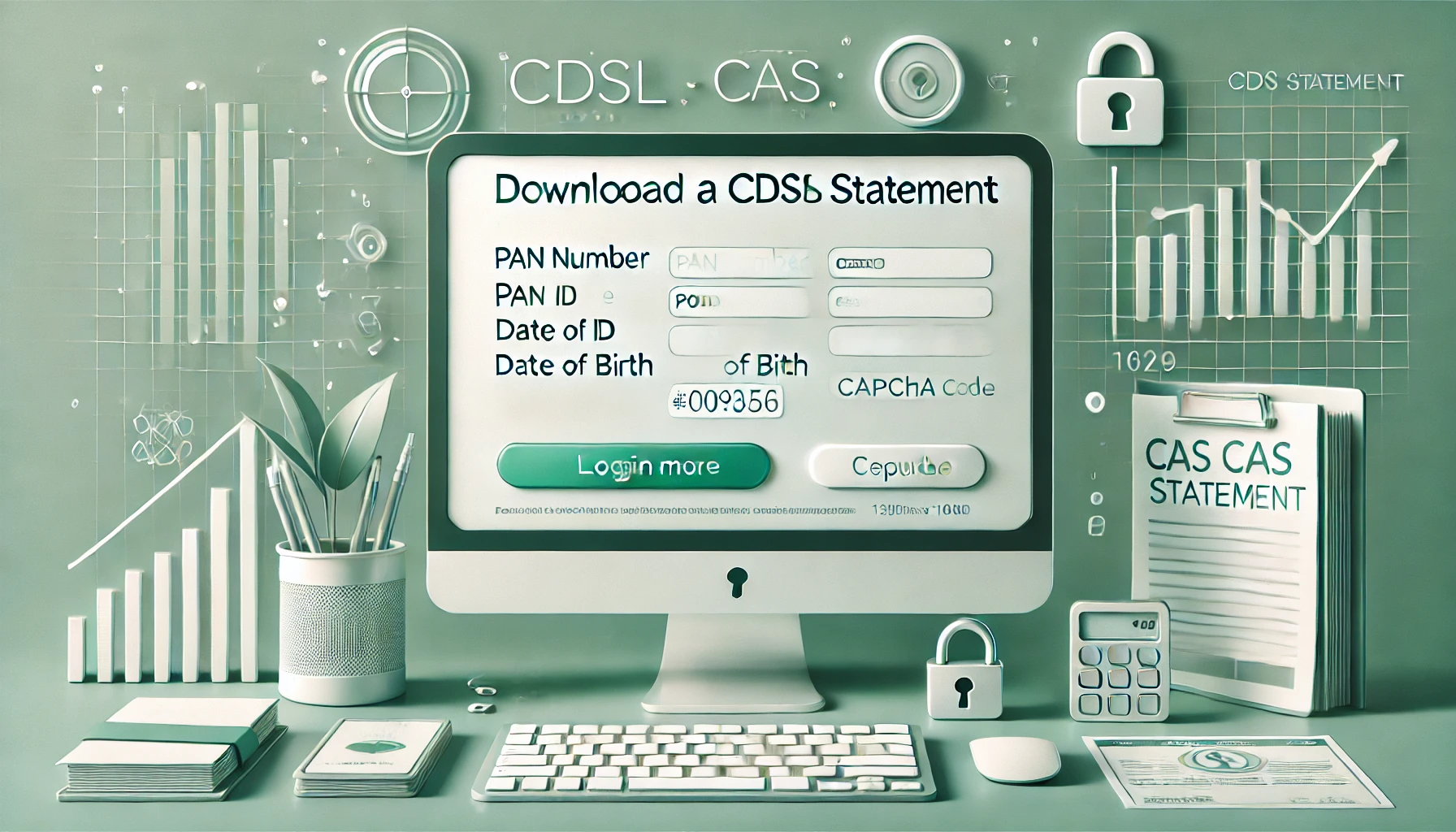
Learn How to Download Your CDSL CAS Statement with our step-by-step guide. Easy instructions for accessing your investment details online.
Read Full
Analyzing the potential economic impact of the 2025 India-Pakistan conflict on India's GDP growth, manufacturing sector, and foreign investment.
Read Full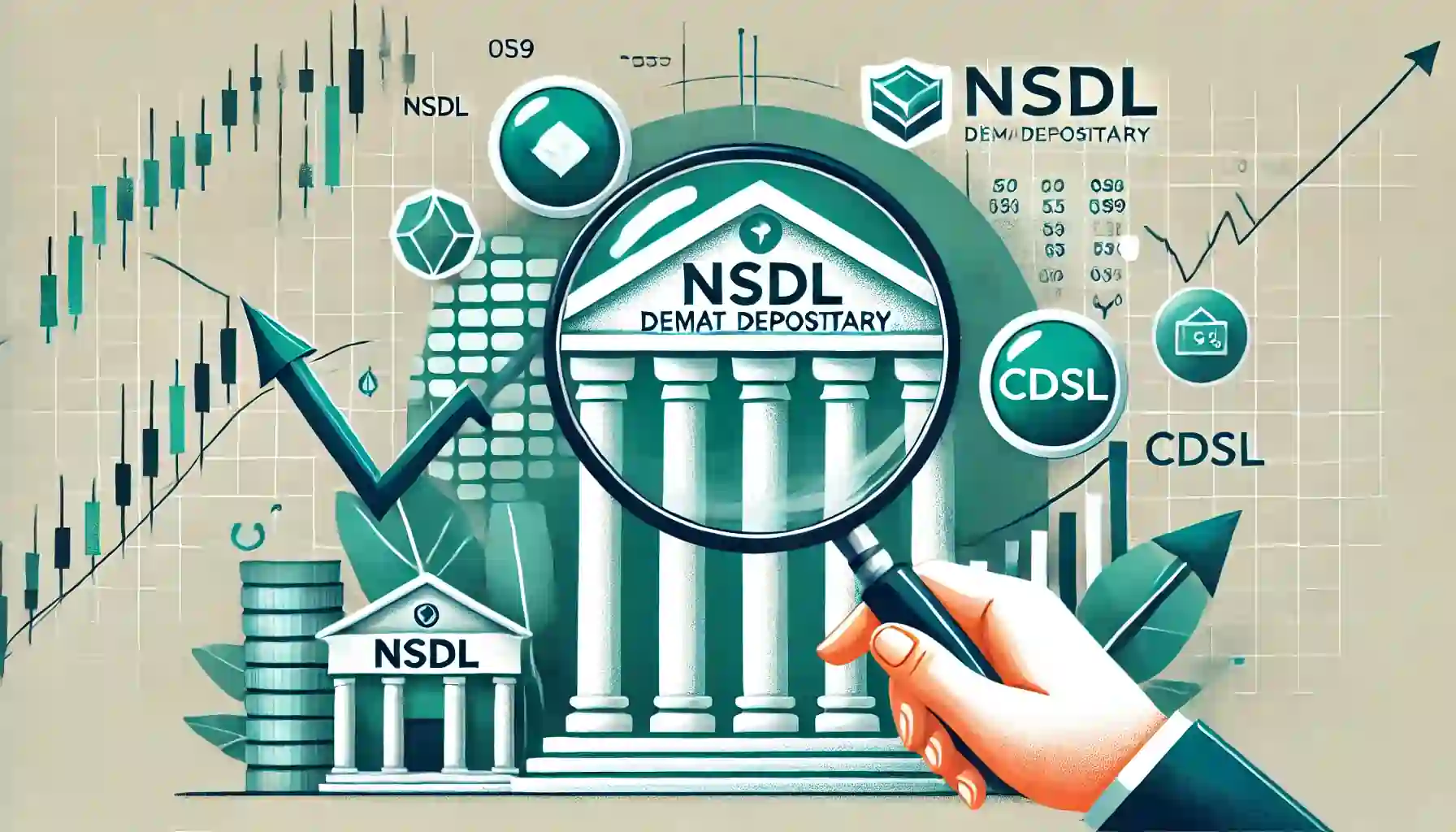
Determine if your Demat Depositary (DP) is NSDL or CDSL easily. Follow our guide to check using broking platforms or Demat account number formats
Read Full
Looking for the best financial freedom books? Here’s a handpicked 2025 reading list with summaries, why to read, and who it's best for.
Read Full
Clear guide to mutual fund taxation in India for FY 2025–26 after July 2024 changes: equity STCG 20%, LTCG 12.5% with ₹1.25L exemption, debt/hybrid rules, dividends, examples, tables, and FAQs.
Read Full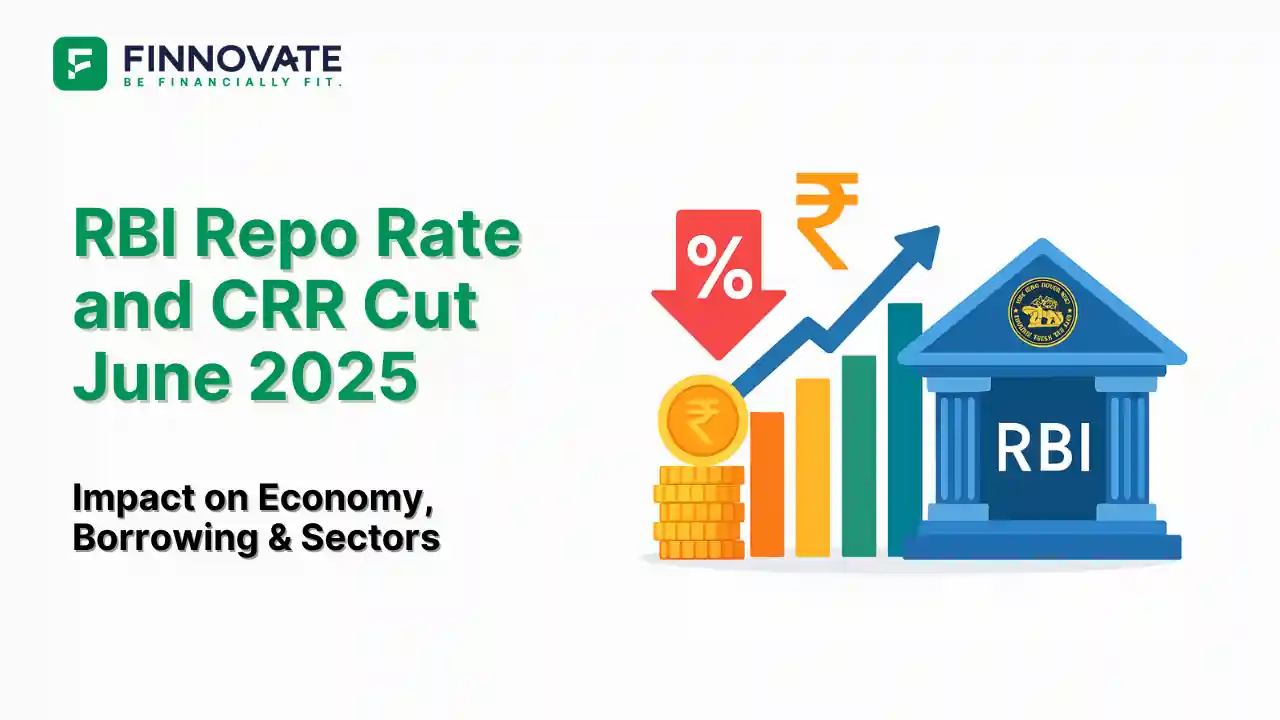
RBI cuts repo rate by 50 bps and CRR by 100 bps in June 2025 to boost growth. Learn how it impacts inflation, borrowing, sectors, and market trends.
Read Full